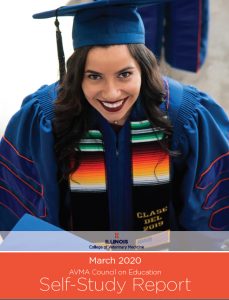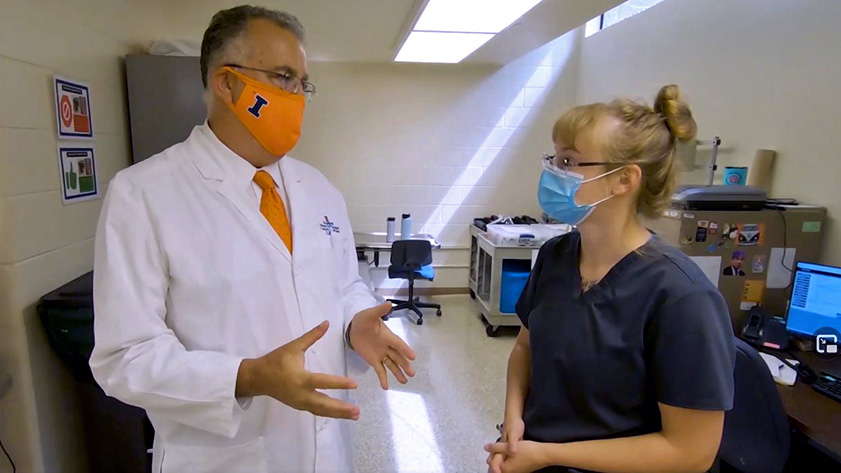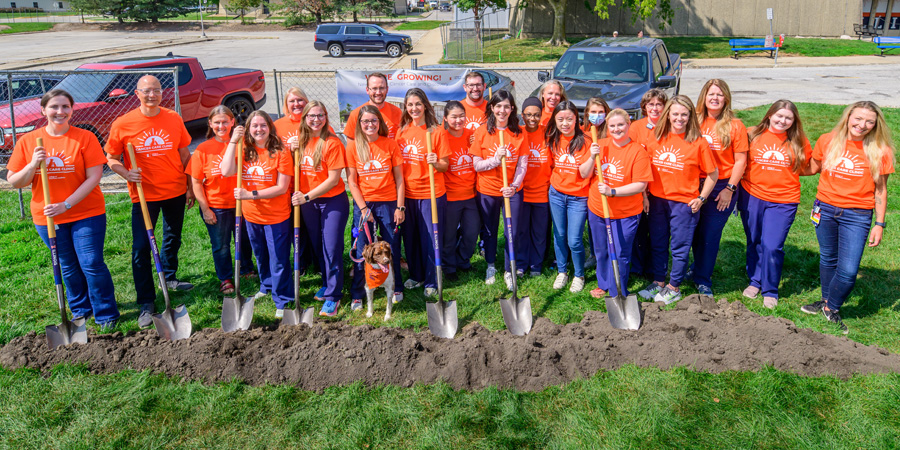Every seven years, veterinary colleges accredited by the American Veterinary Medical Association go through a very comprehensive review process that involves a site visit from outside evaluators appointed by the Council on Education (COE).
It’s a useful and necessary safeguard to ensure that colleges are adhering to the 11 standards required of them, from finances and facilities to admissions, curriculum, and outcomes. In preparation for the review, the college submits an exhaustive self-study report responding to itemized points under each standard. It takes months of effort to compile the data for the self-study, which runs to over 100 pages including the executive summary and appendices.
Pandemic Changes the Plan
Our latest accreditation visit was originally scheduled for April 2020. As you’ll recall, that was just after the nation shut down because of the COVID-19 pandemic.
Instead of having an on-site visit, we became the first veterinary college to undergo a virtual accreditation visit, which took place last October. For the most part, the typical meetings between accreditation team members and faculty, staff, and students occurred as usual—except that they were held online—over the four-day visit.

However, there remained the issue of allowing the remote team to inspect our facilities and procedures. To accomplish that, I found myself in the director role for what became a two-hour documentary film. It was shot over five days and wrapped with exactly five minutes to spare before the deadline for submission. Sadly, the world will never see this film, with its many artistic and riveting shots, including the inspection dates on fire extinguishers and other personal safety items. (I made a few appearances in the virtual tour, including introducing a safety demonstration on the use of lasers by the dermatology service, shown at the top of the page.)
Accreditation Granted in March
After the virtual visit, it was the accreditation team’s turn to create a document. In late March, the COE sent us a 53-page evaluation detailing 193 separate items and a summary letter granting our college an accreditation classification of Accredited with minor deficiencies in “Standard 9: Curriculum” and “Standard 11: Outcomes Assessment.” A minor deficiency is considered one with “minimal or no effect on student learning or safety,” and it must be corrected within one year. We anticipated this result and have already taken a number of steps to address both items.
The minor deficiency in Outcomes is an area where each of you can assist us. We, not unlike many other veterinary colleges, have challenges in obtaining sufficient survey responses from our graduates and their employers. So please, take the time to complete these important outcome surveys when you are asked!
Within 18-months of our October 2020 visit, an in-person site visit will be conducted (public health guidelines permitting) to verify the corrections we have made as a result of the findings. All in all, we are very pleased to have added maintaining our accreditation to the long list of our accomplishments during the difficult pandemic year. More importantly, we remain fully committed to providing an outstanding veterinary education, and we are grateful to the COE for the diligence and effort they and their diverse team of reviewers expend to assure the quality of education in all veterinary colleges.




